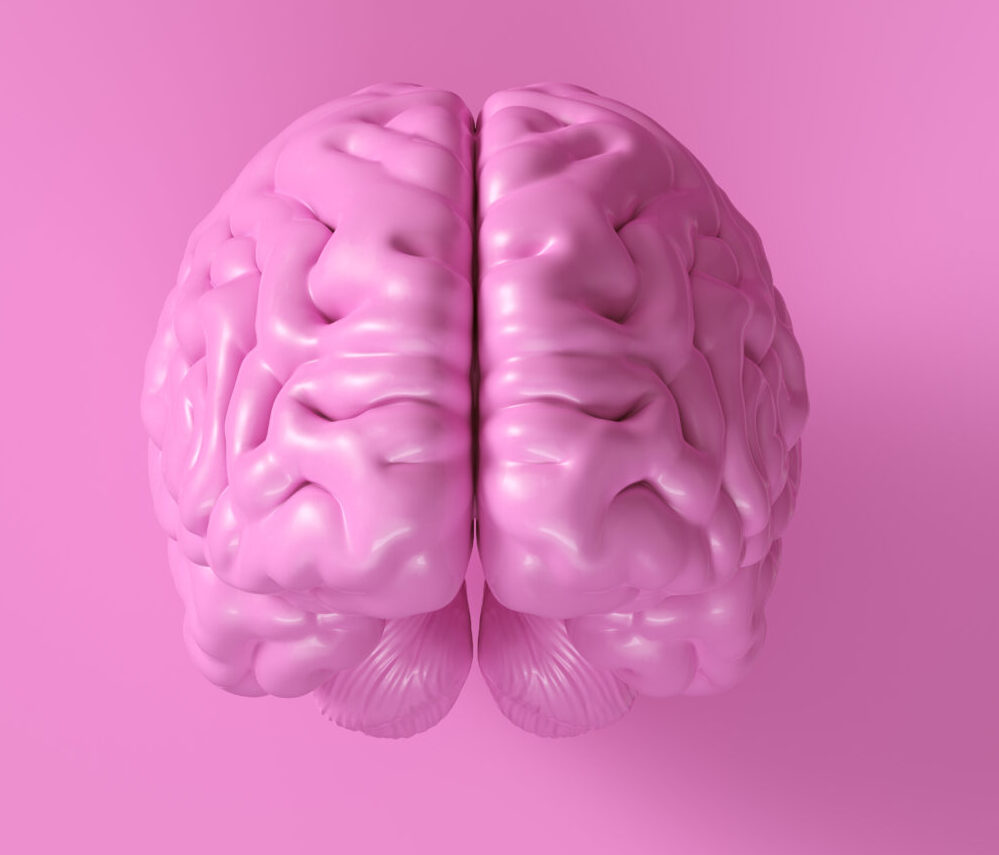Aneurysm strokes are a type of stroke caused by a weakened blood vessel in the brain that ruptures and causes bleeding. This can result in permanent brain damage or even death if not treated promptly. In this article, we will explore what aneurysm strokes are, their causes, symptoms, and treatment options.
What is an aneurysm stroke?
An aneurysm stroke, also known as a hemorrhagic stroke, occurs when a weakened blood vessel in the brain ruptures and bleeds into the surrounding tissue. This bleeding can cause damage to the brain cells, interrupting the flow of oxygen and nutrients to the affected area. Aneurysm strokes account for around 15% of all strokes and are considered to be more severe than ischemic strokes, which are caused by a blockage of blood flow in the brain.
Causes of aneurysm stroke
The most common cause of aneurysm stroke is a weakened blood vessel that develops over time due to conditions such as high blood pressure, smoking, or a family history of aneurysms. Aneurysms can also be present from birth due to a weakness in the blood vessel wall. In some cases, an aneurysm can also be caused by a head injury or infection.
Symptoms of aneurysm stroke
The symptoms of aneurysm stroke can vary depending on the location and severity of the bleeding. However, some common symptoms include a sudden severe headache, nausea and vomiting, weakness or numbness on one side of the body, difficulty speaking or understanding speech, and loss of consciousness.
If you or someone you know experiences any of these symptoms, it is crucial to seek medical attention immediately. Aneurysm strokes require urgent medical treatment to prevent further damage to the brain.
Diagnosis and treatment options
To diagnose an aneurysm stroke, a doctor will perform a physical and neurological exam, review the patient’s medical history, and may order imaging tests such as a CT scan or MRI to identify any bleeding or damage in the brain.
Treatment for aneurysm stroke depends on the severity and location of the stroke. In some cases, surgery may be necessary to repair the ruptured blood vessel and stop the bleeding. This can involve clipping the aneurysm or placing a coil or stent to prevent further bleeding. In cases where surgery is not possible, medications may be given to control blood pressure and prevent further damage to the brain.
Recovery and Rehabilitation
The recovery process for aneurysm stroke can be long and challenging as it often involves physical, occupational, and speech therapy. These therapies can help individuals regain movement and function of affected body parts, improve speech and cognitive abilities, and adapt to any permanent disabilities caused by the stroke.
Prevention of Aneurysm Stroke
While an aneurysm stroke cannot always be prevented, there are steps that can be taken to lower the risk of developing one. These include maintaining a healthy lifestyle by exercising regularly, managing high blood pressure, quitting smoking, and limiting alcohol intake. It is also important to seek treatment for any underlying conditions that may increase the risk of aneurysms, such as cardiovascular disease or diabetes.
In conclusion, aneurysm strokes are a severe type of stroke that can have life-altering consequences if not treated promptly. Being aware of the causes, symptoms, and treatment options for aneurysm strokes can help individuals recognize the signs and seek medical attention immediately, increasing their chances of a successful recovery. Preventative measures such as maintaining a healthy lifestyle and managing underlying conditions can also help reduce the risk of developing an aneurysm stroke. If you or someone you know experiences symptoms of a stroke, do not hesitate to seek emergency medical care.

